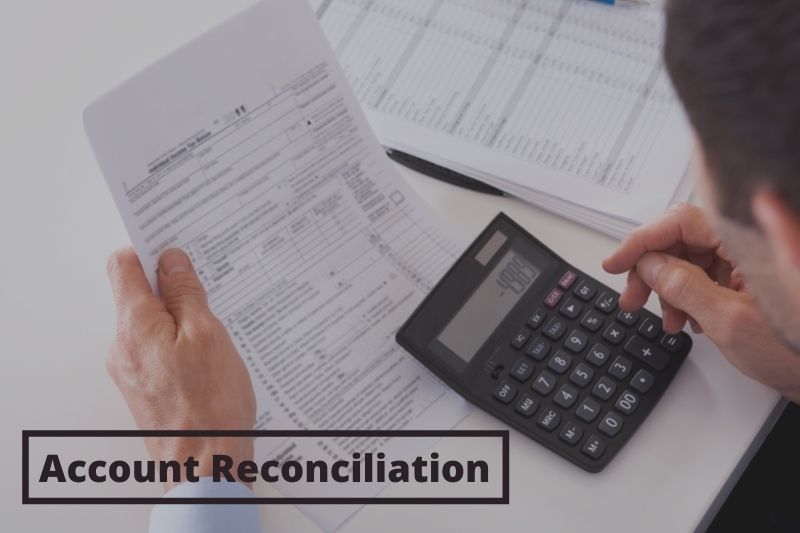Account Reconciliation Overview and How it Works?

December 10, 2021
Why Does Account Reconciliation Matter and How It Prevents Costly Mistakes?
Accounting is a detailed and meticulous portrayal of a company’s finances. However, for it to be fool proof, one needs to employ reconciling. Reconciling is a process in accounting that is used so that the records of a company’s financial transactions are accurate and in line with the third-party independent reports.
How does reconciling an account work?
Doing everything by oneself isn’t possible for a business owner, which is why hiring a firm like Doshi Outsourcing for accounting services can make things easier. Your accountant would reconcile the company’s accounts. In the process, confirm whether the sum that has been recorded as leaving the account is in correspondence with that which has been spent. The objective is that the two accounts are in balance at the end of the reporting period.
Why is reconciliation workable?
Reconciliation is a process that is used by accountants so that the difference can be explained in between two financial records (for example, a bank statement or a cash book). If there are unexplained differences which are there in-between the two records, there is a possibility of there being some financial discrepancy due to theft or misappropriation.
Why is account reconciliation necessary?
Since the balances for equity, liability and asset accounts are to be carried forward each year. It makes it even more crucial to have everything properly reconciled and thus, double-checked. An accounting firm can easily help you with this process. In reconciliation, transactions are compared between the internally stored records against external records via bank statements or statements from credit card companies. In case differences are found these cannot be swept under the carpet. Proper well-maintained accounts would result in both records tallying as far as the balances go. If there is some discrepancy, then it cannot be ignored as it would need to be explained, when the reconciliation statement of the account is prepared.
What are the methods of account reconciliation?
There are many ways to go about reconciliations, but the main methods chiefly consist of two, which are documentation review as well as for analytics. Of these two, the most commonly chosen option would be documentation review. In this method, the account details are called up in statements and the appropriateness of each transaction is given a go through. This method primarily determines whether the actual amount spent is the same as the amount reflected in the account as far as the company’s transactions go.
While such thoroughness would not be a business owner’s cup of tea, it is possible through accounts payable outsourcing. For instance, the company’s account of purchases would be based on the receipts of actual purchases that the company has made. Accountants will first cross-verify the receipts and then see if the total in the accounts tallies up. However, from the bank statement details, the accountant may perceive a discrepancy. Some purchases appear to be charged by the bank but remain unaccounted for in the accounts. The accountant would investigate this further to get to the root of the matter. It is possible the business owner who misplaced the receipts of the bank made a wrong charge. The other method, analytics review - is on the estimates of the historical data based on the activity level. Thus, estimates are worked out of what the actual amount should be, and if there are discrepancies, why these are there need to be looked into. Therefore, due to the complicated nature of the task, it is best to have an expert on the job for you.
You can ensure that your account reconciliations process is performed accurately by standardising the process and utilising the solutions of Doshi Outsourcing. If you’re ready to see the power of Doshi Outsourcing in action, contact us now.


